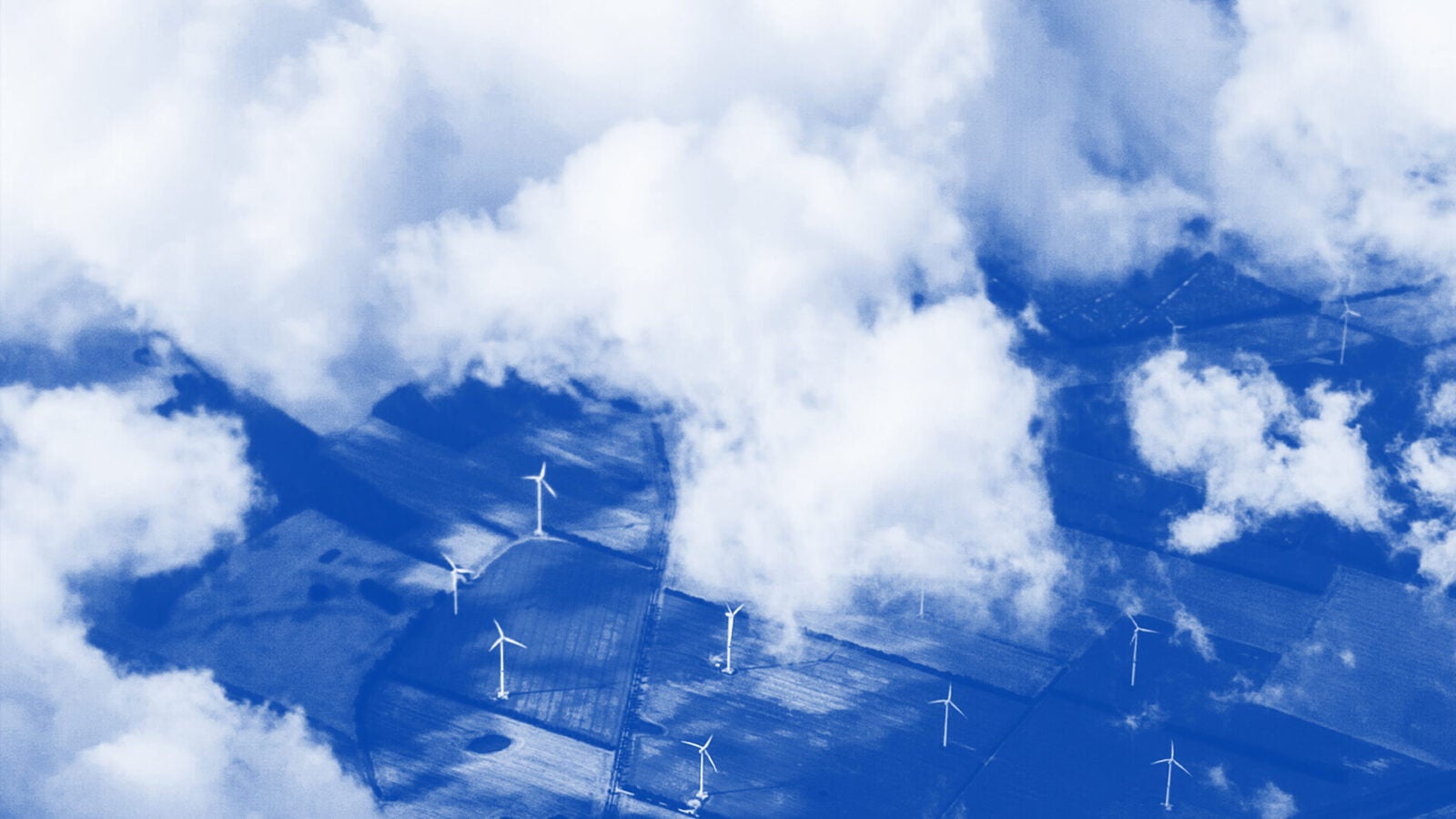
Are ISO LCA Standards Ready for Application to Carbon Dioxide Removal Systems?
Life Cycle Assessment (LCA) began in the 1960s, and has evolved from single-product focus to a framework leveraged as part of policy. Applying LCA to Carbon Dioxide Removal (CDR) faces new challenges necessitating better standardization to build trust and maintain consistency. We explore leveraging existing standards and best practices for robust CDR accounting.
History and Evolution of LCA
Life Cycle Assessment (LCA) has come a long way since its original conception and application in the late 1960s and 1970s. While growth in application occurred during the first couple of decades, so did divergence in practices, terminology, and results. As a result, initial efforts towards standardization began to emerge. The Society of Environmental Toxicology and Chemistry (SETAC) hosted workshops to coordinate practitioners towards a technical framework. Those efforts led to the development of two ISO standards: 14040 (principles and framework) and 14044 (requirements and guidelines), published in 1996 and amended in 2006.
The application of LCA has shifted over time from concentrating on single, product-focused issues (e.g., waste and energy) towards broader policy topics. LCA was codified in the Clean Air Act as part of the Renewable Fuels Standard (Section 211(o)(1)(H)) and serves as the technical and accounting basis for several clean energy and manufacturing tax credits (e.g., 45Q, 45V, 45Z). LCA has also been implemented at the state level (see California’s Low Carbon Fuel Standard).
Unique Requirements for Applying LCA to CDR
Carbon Dioxide Removal (CDR) encompasses a broad set of approaches, both enhancements to natural systems and engineered facilities, with the aim of providing durable removal and storage. Accounting for the full extent of the life cycle by leveraging LCA builds trust and helps to facilitate a robust market. It is unlikely that those involved in the development of the ISO standards contemplated application to systems like CDR. However, just as in the early days of product LCA, there are inconsistencies in practices, terminology, and data that demonstrate the need for additional standardization.
- Feedstock accounting – use of biomass and waste products
- Co-benefits/co-production – products and benefits beyond carbon removal
- Temporal dynamics – carbon uptake and durability of storage
- Indirect effects – appropriate baselines and counterfactuals, market leakage, land use
The ISO standards do not directly address these issues, though LCA practitioners and researchers have continued to advance methods over the last 20 years. We have the ability to utilize the body of knowledge and apply it to CDR. While gaps exist, the ISO standards represent an established framework that provides guidance and structure.
What Could We Do to Build upon the Existing Standards?
As part of our work at the U.S. Department of Energy, we developed best practices for applying LCA to CDR (DACS and BiCRS). In the private sector, there has been an emergence of pathway-specific methods and market-developed protocols. These vary in terms of rigor and requirements, which can result in additional confusion upon implementation.
How Do We Leverage the Existing Work, while Pushing towards Common Approaches?
One potential parallel approach to standardization is the use of environmental product declarations (EPDs; see ISO 14025). EPDs are based on independently verified data and provide transparent and credible information for procurement. Importantly, they are developed using bespoke product category rules (PCRs), which provide guidance for how the LCA is conducted and are developed through consensus with stakeholders and experts.
Furthermore, integrating LCA with Techno-economic Analysis (TEA) offers a benefit, especially for emerging technologies such as those in the CDR space. TEA focuses on technical and economic performance, and when coupled with LCA, can effectively incorporate feedback to improve process design to maximize removals and storage.
ISO 14040/14044 cannot address all issues and challenges associated with robust MRV, as some remain outside of the scope of what the framework is intended to address; however, it remains a critical framework that should continue to underpin the accounting for cradle-to-grave impacts to support robust decision-making. Going forward, it is important to continue to build upon existing work to increase the quality and consistency of analyses to facilitate useful comparisons and decision-making.
Greg Cooney
Senior FellowGreg Cooney is a senior fellow at the Kleinman Center. He previously served as director of the policy and analysis division in the U.S. Department of Energy’s Office of Carbon Management.
Michael Shell
Carbon Removal Scientist, IsometricMichael is a Carbon Removal Scientist at Isometric. He previously served as a Senior Analyst with the U.S. Department of Energy’s Office of Energy Efficiency & Renewable Energy, and an Economist in the Office of Transportation and Air Quality at the U.S. Environmental Protection Agency.
Jennifer Wilcox
Presidential Distinguished ProfessorJen Wilcox is Presidential Distinguished Professor of Chemical Engineering and Energy Policy. She previously served as Principal Deputy Assistant Secretary for the Office of Fossil Energy and Carbon Management at the Department of Energy.



